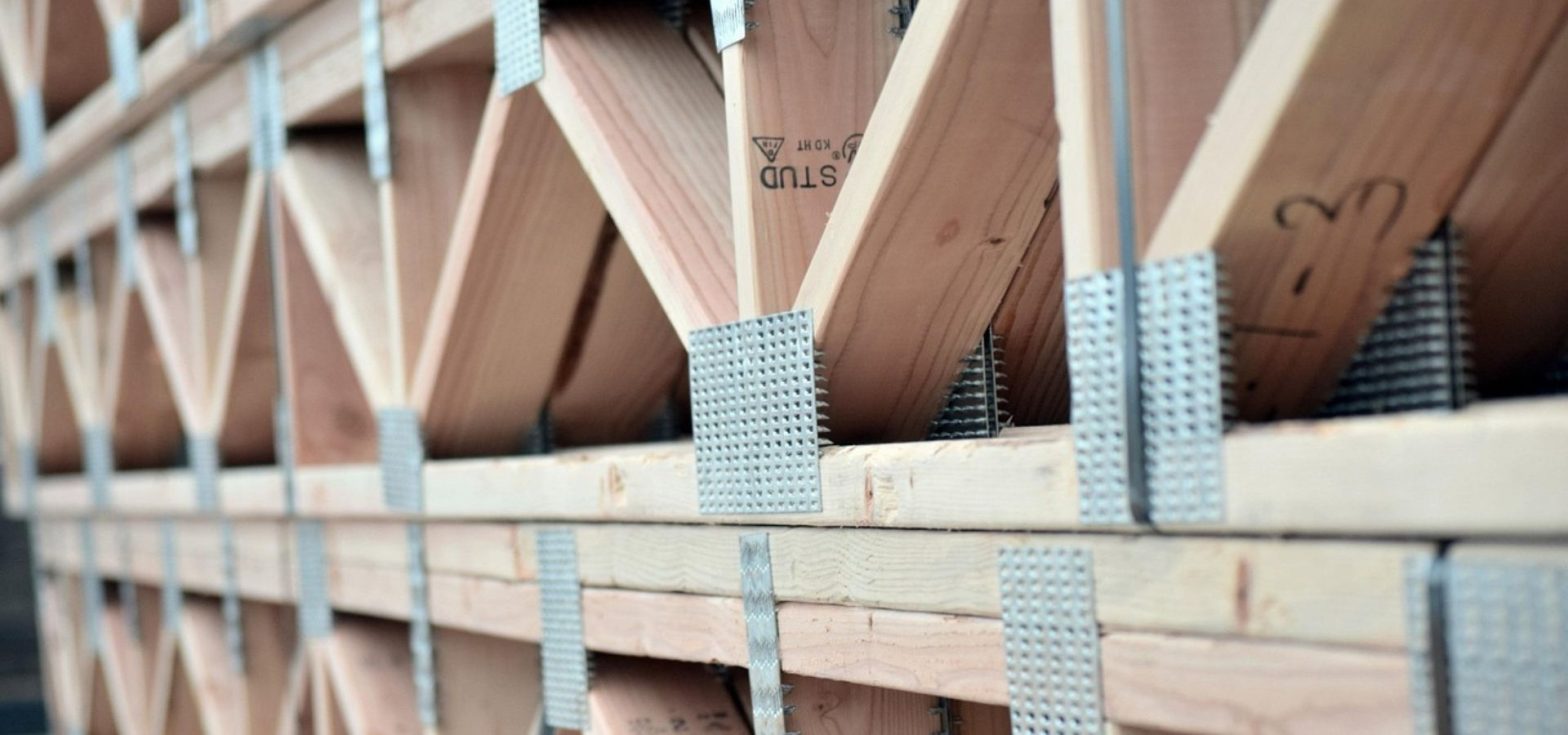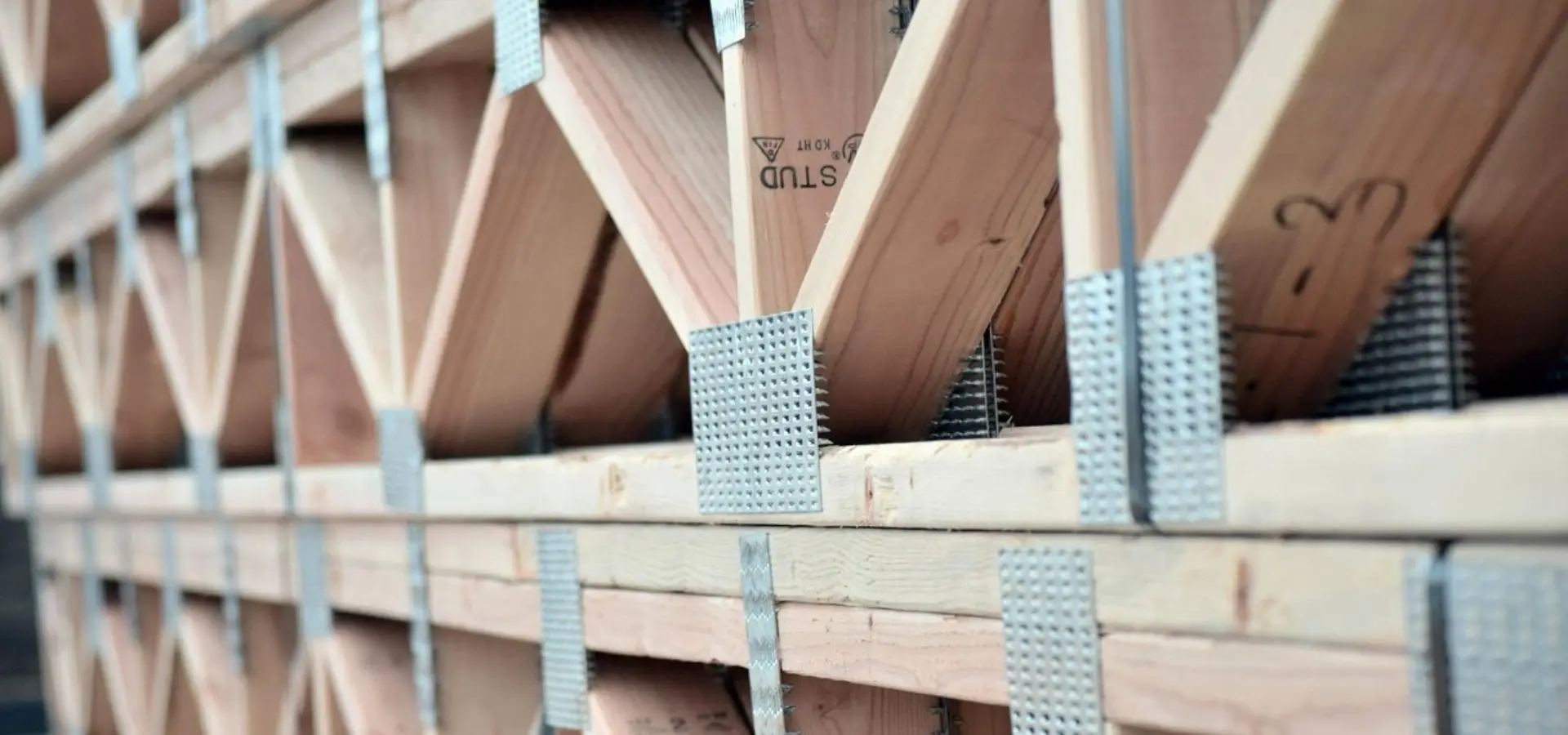Truss Manufacturing Trends 2025: Automation and Customization in Focus

Truss manufacturing trend is evolving, and in 2025, two key trends — automation and customization — will lead the transformation. With construction projects becoming more complex, manufacturers must adopt quicker, smarter, and more flexible solutions.
This article outlines how automation, especially in jigging processes, and the rising demand for custom truss components are driving industry changes. It also shows how manufacturers can stay competitive in this fast-moving landscape.
1. Automation is Transforming Truss Production
Jigging is the process of arranging truss parts before they’re pressed together. Robotic Systems Are Making Jigging Faster and Easier It’s one of the most critical steps in making a truss. In the past, this process was primarily done by hand, which could be slow and sometimes inaccurate.
By automating these tasks, manufacturers can:
- Reduce production time
- Cut down on errors
- Improve safety for workers
- Make more trusses per day
2. The Need for Custom Truss Components is Growing
Today’s construction industry is more creative than ever. Architects are designing everything from modern homes to commercial buildings with unusual rooflines, curves, and mixed angles. Because of this, standard trusses don’t always fit.Robotic jigging also integrates well with digital design software, improving precision and efficiency.
Builders now need custom-designed trusses that align with their unique plans. This has led to increased demand for:
- Specially shaped trusses
- Custom jig parts that support one-of-a-kind layouts
- Flexible production tools that can adapt quickly to new designs
Manufacturers looking to grow must be ready for custom requests. That means the ability to shift between truss types without wasting time or materials.
3. How Can Manufacturers Stay Competitive?
To succeed in 2025 and beyond, truss manufacturers need to focus on efficiency and flexibility.
Step 1: Invest in Advanced Equipment
Automated saws, intelligent jig tables, and robotic placement tools can speed up production and improve quality. These tools also reduce labor costs and prevent costly mistakes.
Step 2: Use Custom Jig Solutions
Some truss shapes require specialized tools. By collaborating with equipment suppliers, manufacturers can obtain custom jig parts that support complex designs, making it easier to handle more challenging projects.
4. Looking Ahead: The Future of Truss Manufacturing
Automation and customization are no longer just trends — they are becoming the new standard. Companies that embrace modern equipment and stay open to custom work will be better prepared for the future.
As customer needs continue to evolve, manufacturers capable of quickly and accurately producing both standard and custom trusses will lead the way.
Those who invest in the right tools and stay adaptable will be best positioned to grow, compete, and thrive in this exciting new era.


